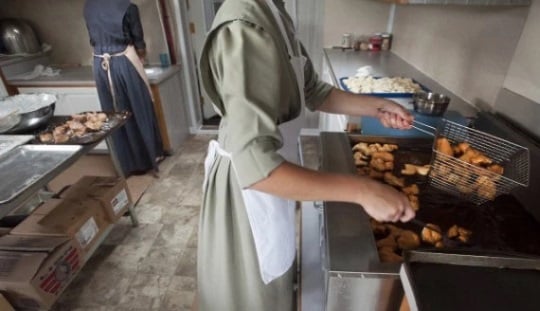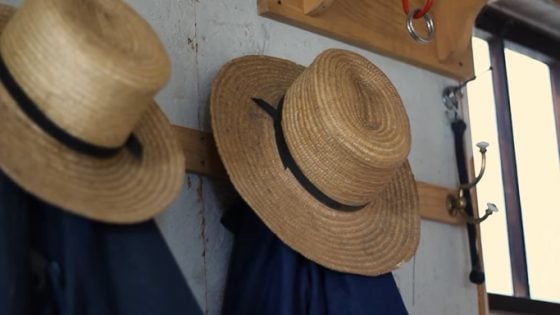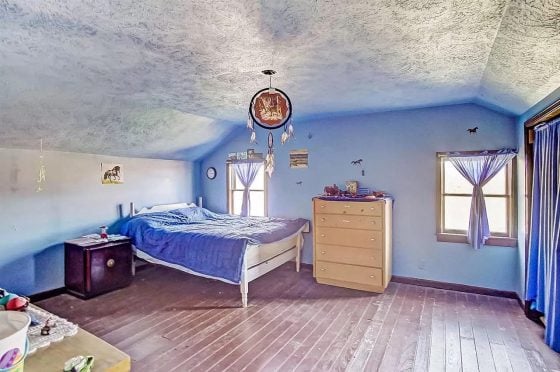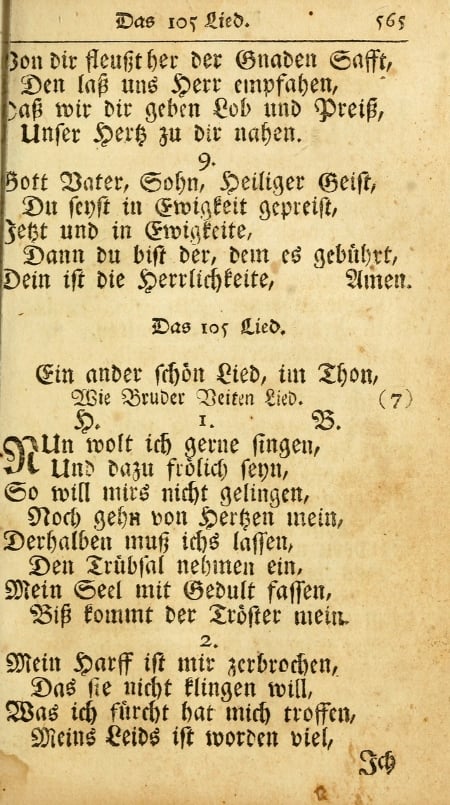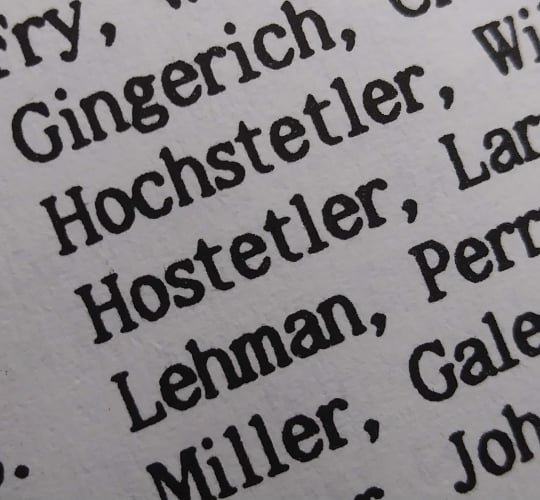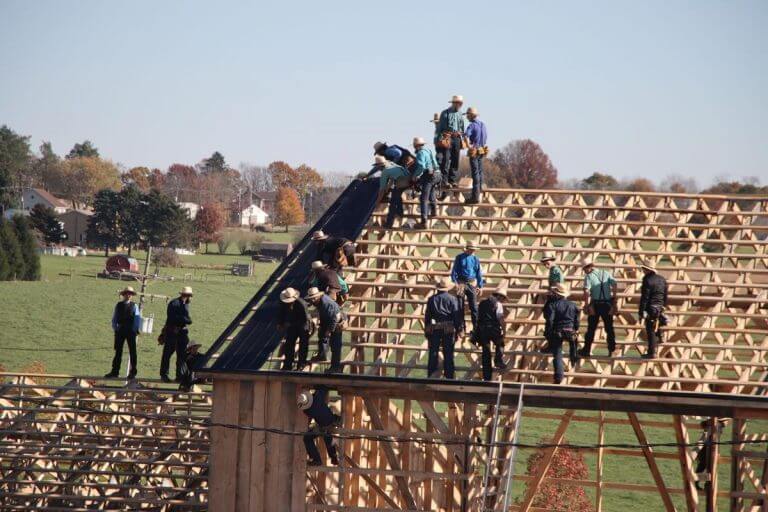Who Was Nicholas Stoltzfus’ Wife? (Excerpt & 2 Stoltzfus Family Book Winners)
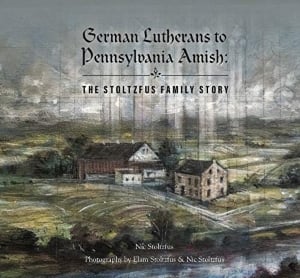 We’ve got two winners today of German Lutherans to Pennsylvania Amish: The Stoltzfus Family Story by Nic Stoltzfus (if you missed the interview with Nic, find it here).
We’ve got two winners today of German Lutherans to Pennsylvania Amish: The Stoltzfus Family Story by Nic Stoltzfus (if you missed the interview with Nic, find it here).
But first, an excerpt from the book. This is a section on the question of who was Nicholas Stoltzfus’ wife. She was at least partially known, but her identity had not been precisely identified. Nic and the research team undertook this task and reports how they went about doing that, and what they found, in a section titled “Searching For The Name Of Nicholas Stoltzfus’ Wife” (p 50-51).
—
Who was Nicholas Stoltzfus’ wife? What was her name?
Family historians have offered a variety of theories about Nicholas Stoltzfus’ wife. In his 1744 petition to marry, Nicholas referred to her simply as “the daughter of the farmer at the Ringweilerhof [farm].” In the family Bible when noting her 1781 death, her son Christian Stoltzfus listed her simply as the wife of “the old Nicolaus Stolsfuss,” that is, “my mother.” We know from the estate papers when Nicholas died in 1774 that her name was Anna Elisabeth- in one place she was listed as Anna and in another Elisabeth. But what was her name at birth?

When we set out to find the answer, we could not simply look for church records, as we had for the Lutherans in Nicholas’ family. The Anabaptists did not belong to an official church, and, therefore, their pastors did not submit their records to the government as part of their official duties. To find the answer, we began searching through the archives at Speyer for documents related to Ringweilerhof. We were fortunate to find that the noble man who owned the farm, Baron von Schorrenberg, fought a constant legal battle against the town of Hornbach to maintain jurisdiction over his land during the 1740s, 1750s, and 1760s. As a result, he left a long paper trail documenting his conflicts and those of his tenants.
In 1740, just four years before Nicholas Stoltzfus petitioned to marry the daughter of the farmer at Ringweilerhof, Baron von Schorrenberg petitioned the government in Zweibrücken for help. In this case, Christian Bachmann, von Schorrenberg’s tenant farmer at the Ringweilerhof, claimed his married son Jacob and his servant man saw the cowherd from Hornbach drive the town’s herd of cattle through his field and destroy his crop. When his son later confronted the cowherd and confiscated one of his cows in payment for the destruction, the conflict escalated into a heated exchange of words. Around noon the same day five armed men from Hornbach came to the farm and took the confiscated cow by force and threatened to take Bachmann to Hornbach and imprison him for theft. But when Bachmann refused to go and threatened to report the incident to his landlord, who had jurisdiction over the property rather than Hornbach, if they physically forced him into town, they finally relented. [63]
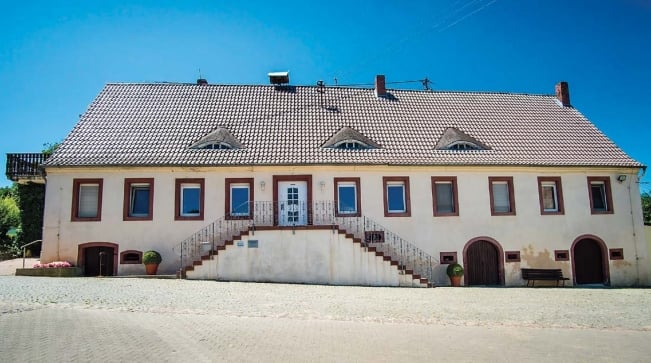
Ringweilerhof farmhouse as it appears today. Photo by Elam Stoltzfus
The farms surrounding Zweibrücken where the Anabaptists lived usually housed an extended family – often with married children sharing the farm and sometimes with more than one family living there. As early as 1751 and again in 1753 we find Nicholas Stoltzfus listed as the farmer living at Ringweiler Hoff. [64]
And then in 1759 and 1760, Jacob Bachmann was Baron von Schorrenberg’s tenant farmer at Ringweilerhof. [65]
All of this provides evidence that Nicholas Stoltzfus’ wife was very likely Anna Elisabeth Bachmann, daughter of Christian Bachmann. Of course we still do not have a single document that states this specifically. But we are getting closer to solving the mystery. And from the evidence in the Stoltzfus Bible, there is no reason to believe that she died before emigrating to Pennsylvania. Christian Stoltzfus, son of Nicholas, was born on August 10, 1749, before the family boarded the ship to the colonies. He records the death of his own mother on June 11, 1781 in Pennsylvania.
—
Book winners
Using random.org, I drew two winners from your entries on last week’s post. They are:
Comment #83, Marion Poloka
Comment #63, Linda Vitale
Congrats to both of you. Please send me your mailing address and I’ll pass that along to Nic so he can send you your books.
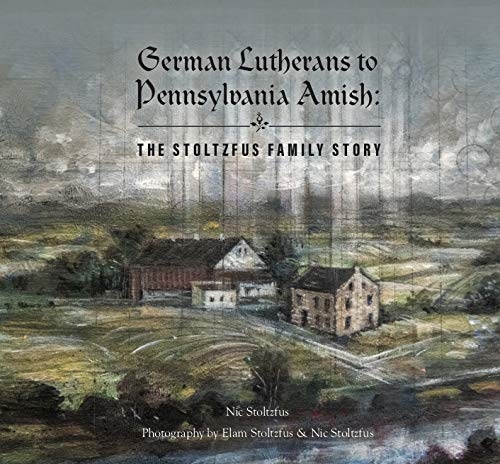
Stoltzfus Family Talk
One last note – Nic will be doing a digital lecture this Saturday, at 10 AM EST, on the Stoltzfus family and the Nicholas Stoltzfus Homestead. Here’s the link (important note: if you’d like to attend this online lecture, you need to register ahead of time). More:
Did you know that there were Amish in Reading back in the 1700s? Have you ever wondered what happened to them? For answers to your questions, tune in to this lecture by Nic Stoltzfus, a descendant of one of the Amish families who lived in Reading in the late 1700s. His lecture will focus on the Stoltzfus family, their immigration journey from Germany to Pennsylvania, and their move to Berks County; he will also talk about the Nicholas Stoltzfus Homestead in Wyomissing and how the descendants of Immigrant Nicholas Stoltzfus restored it.
Nic Stoltzfus served as the caretaker of the Nicholas Stoltzfus Homestead from 2018 to 2020. During his time as caretaker, he published two books about the family: German Lutherans to Pennsylvania Amish: The Stoltzfus Family Story and In the Footsteps of My Stoltzfus Family: A Genealogy Memoir. He is the editorial director at Plain Values magazine and lives in Reading. He enjoys spending time with his cat, Vernie, and exploring art museums and historic sites in the region in his free time.

Buy the book
If you didn’t win, you can find German Lutherans to Pennsylvania Amish: The Stoltzfus Family Story in several places; the preferred buying link is direct from the publisher Masthof. It is also available on Amazon, for the same price.


